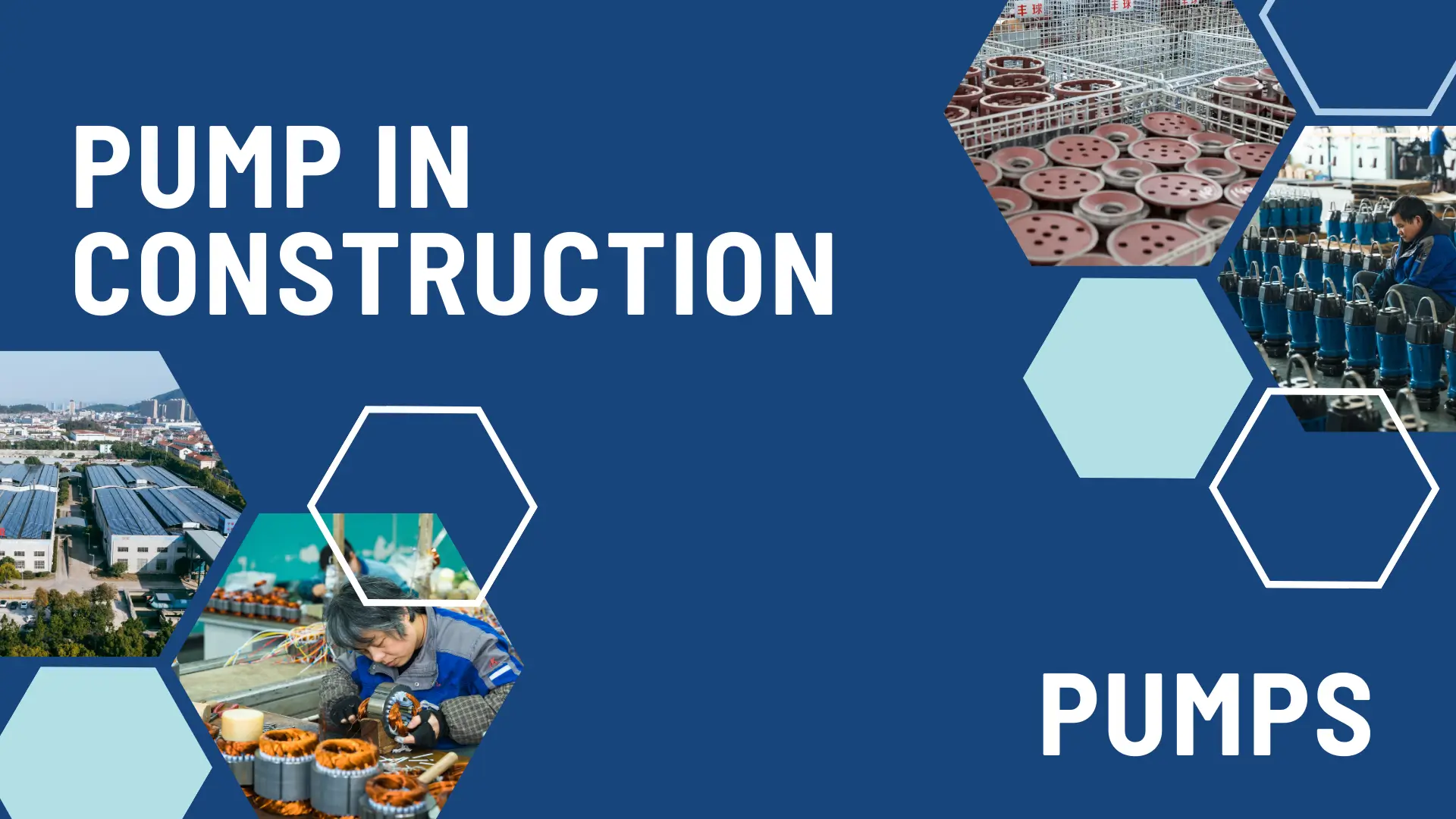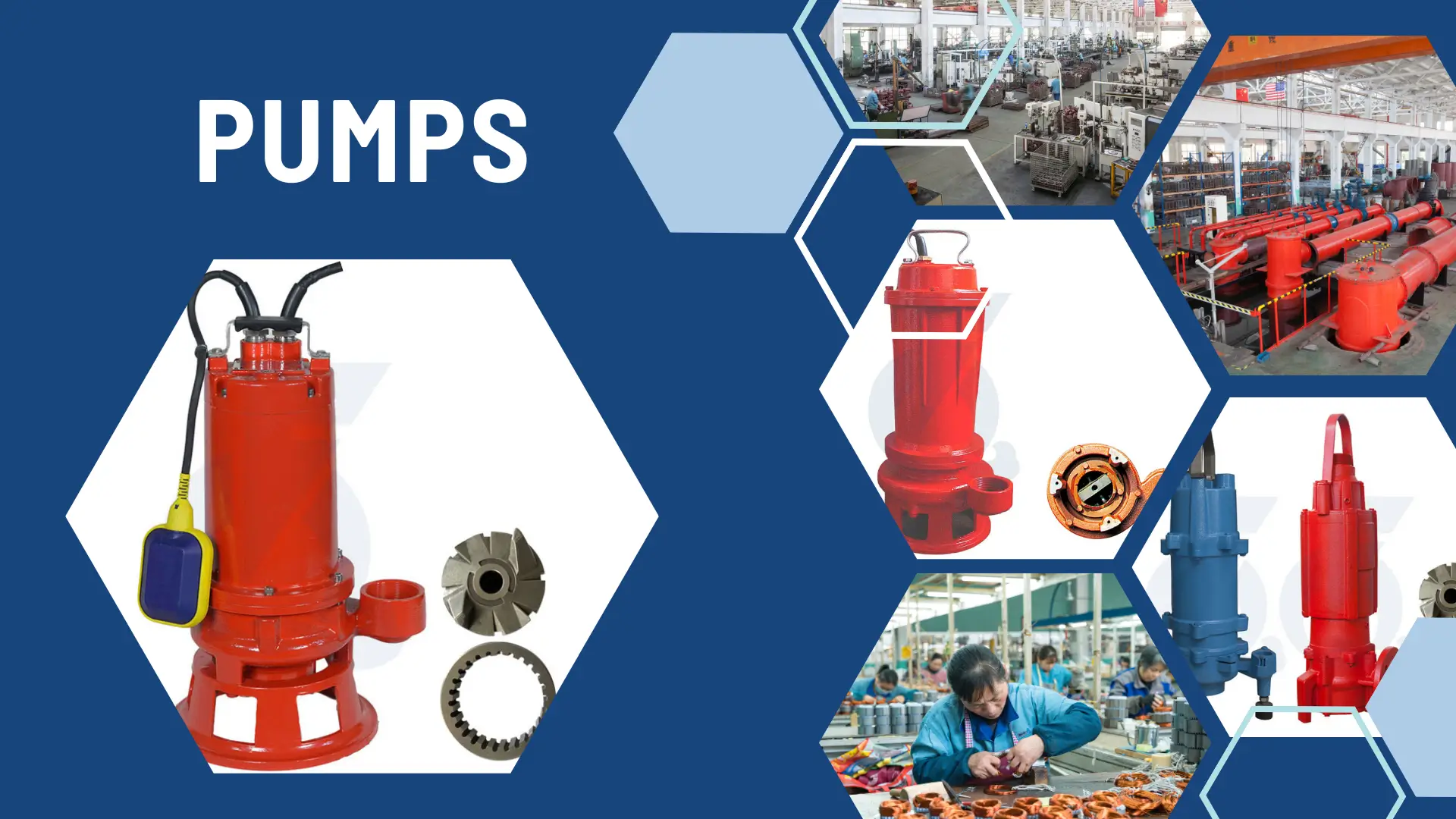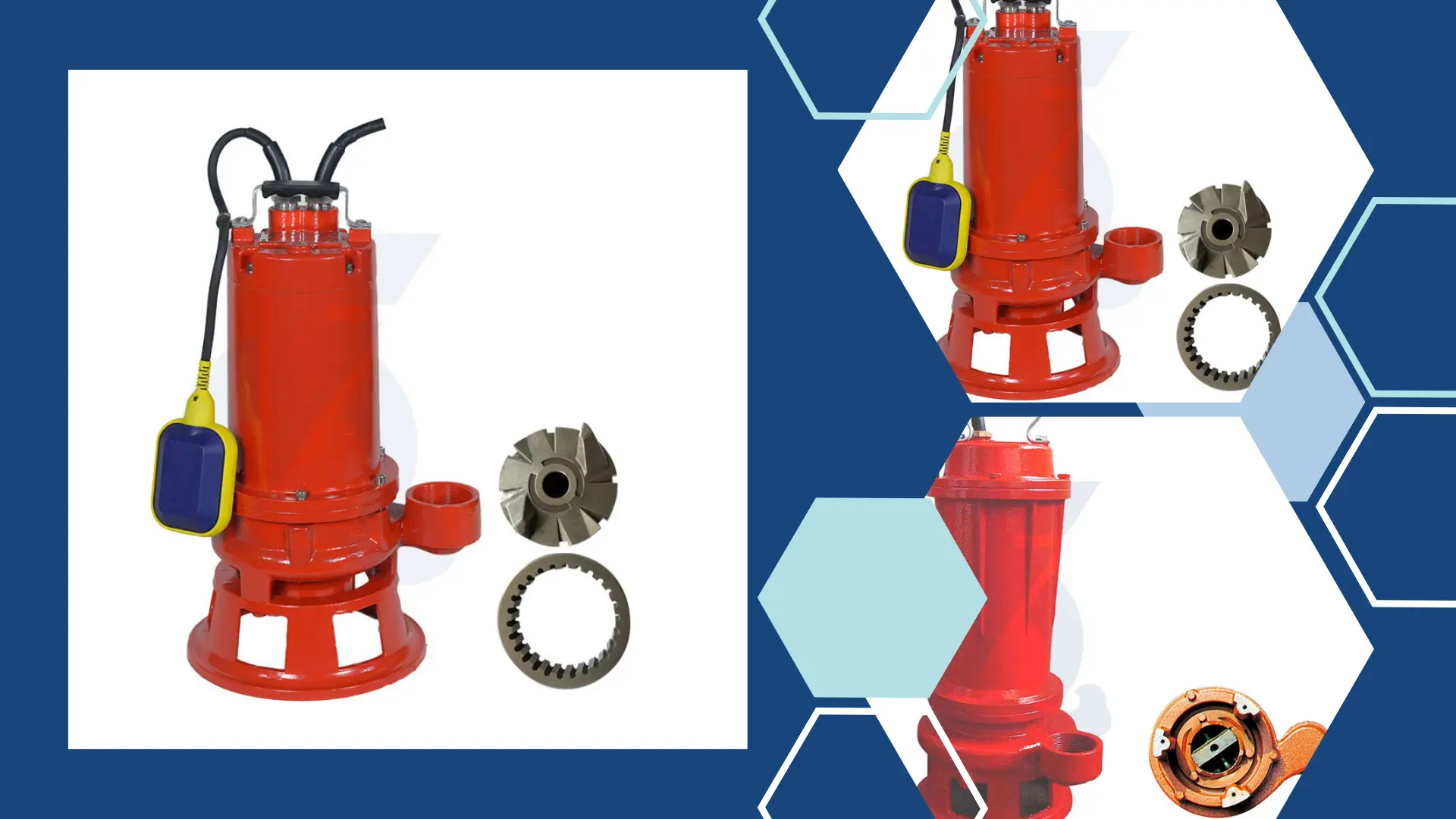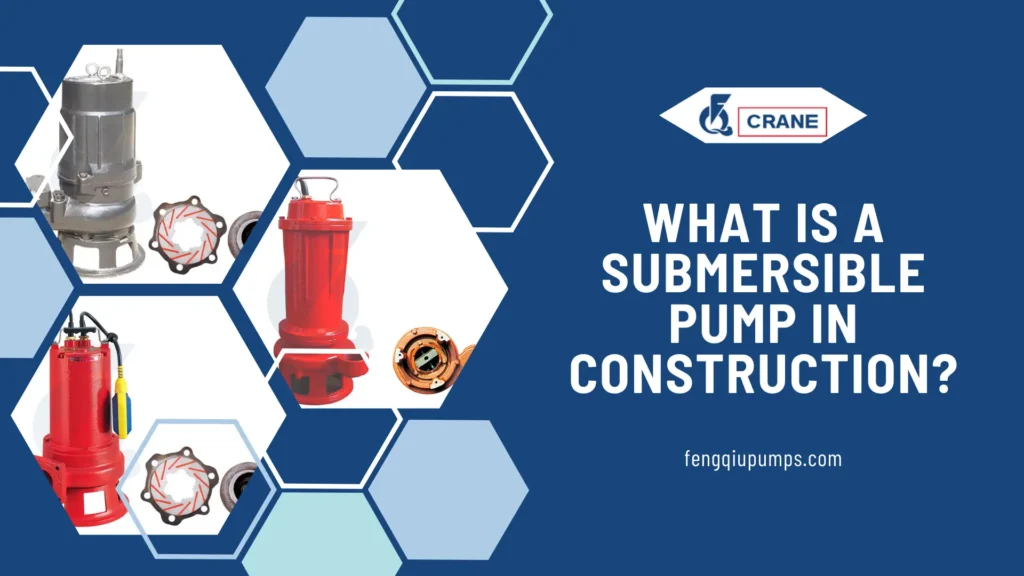A submersible pump is the significant equipment that makes water move from one place to another with efficiency, especially under unfriendly conditions in the building and construction industry.
Under normal conditions, this pump lies below the level of water and is effective in the dewatering of building sites, management of groundwater levels, and many liquid handling needs.
In this article, we discuss how the submersible pump works, the various types available, and why the machine’s role is so crucial to ensure the success of the project.
Understanding the basics of submersible pumps should help construction professionals make relevant decisions in order to ensure maximum efficiency and effectiveness at the project site.
Types of Submersible Pumps Used in Construction

Dewatering Pumps
Dewatering pumps are meant to draw off extra water from a construction area.
They are very important in helping to keep the area dry for safety and the project schedule.
They prevent flooding and erosion that may interfere with construction by efficiently removing water collecting during rainfall or from groundwater.
These pumps are typically used in excavation, basement construction, and underground work.
They become a requirement to offer a safe and stable working environment to enable the construction crews to proceed without water damage or delays.
Outside of building sites, dewatering pumps are also applied in mining and environmental remediation projects.
Sump Pumps
These are designed to remove any accumulation of water from the sump pits, which are also specifically constructed areas that collect water.
Basically, they prevent the flooding of low-lying areas so that these areas remain dry and serviceable.
Common applications involve basement waterproofing and groundwater control using sump pumps.
They are useful in residential and commercial buildings for the protection of their foundations against damage due to water seepage and growth of mold.
Sump pumps at construction sites can serve a major role in maintaining structural integrity through the regulation of excess water in excavated pits and the prevention of water accumulation.
Sewage Pumps
Sewage pumps deal with wastewater and sewage resulting from construction areas, as this will be highly important in ensuring hygiene and sanitation in the area.
The sewage pumps are designed to handle special problems caused by sewage, such as solids and other debris, effectively.
The normal applications for them include temporary toilet facilities and site drainage systems, ensuring the process of waste removal is effectively catered for, particularly in remote areas or short-term locations.
They play a very vital role in maintaining a safe and hygienic working environment, particularly where massive building projects make the application of permanent plumbing just unimaginable.
Slurry Pumps
They are used for pumping viscous, abrasive mixtures; hence, they may be quite vital to some construction processes.
Slurry pumps are designed to be strong; thus they can pump materials that might burn the conventional pumps, such as slurries of concrete or drilling mud.
These applications are quite common in the concrete mixing and disposal of drilling mud, where the conventional pumps face severe problems in handling such viscous and abrasive material.
The slurry pumps play a very important role in the processes of tunneling and mining, since they are crucial in transporting mixtures of materials in different stages of the construction.
In effect, because the slurry pumps manage such complicated mixtures effectively, productivity increases and accordingly the shutdown of operation is reduced.

Read More:
- What is a Submersible Pump Used For?
- What is a Submersible Pump and How Does it Work?
- Top 10 Submersible Pump Manufacturers In China
Key Features and Benefits of Submersible Pumps
Submersible pumps have several features and advantages helpful for a construction site.
Among these are the following:
Portable and Compact Design
Certain salient features of submersible pumps are their compact and portable design.
This also makes them easily transportable and sets up quite easily at the job site, which may have limited space.
Their lightweight construction will enable them to be relocated quickly whenever project needs change, assuring the building teams that they can adapt fast to changes in conditions.
Operation in Submerged Conditions
Unlike regular pumps, which are normally installed above water, submersible pumps are able to work under water.
These unsurpassed capabilities offer versatility in diverse settings and allow for the effective handling of water even in deep excavations or flooded areas.
This gives contractors the opportunity to undertake complicated jobs without the risk of water accumulation hampering the progress of work.
Effective Water Displacement
The design of the submersible pumps is to realize high performance by facilitating quick and efficient removal of water.
In this respect, their designs minimize outage times by rapidly displacing water, hence helping to ensure schedules are met for such projects that require their application.
Be it the dewatering of an excavation site or the clearing of water from a sump pit, these kinds of pumps help to keep operations running smoothly and without causing delays and additional costs to occur.
Factors to Consider When Selecting a Submersible Pump
Some key factors to be considered when choosing a submersible pump in construction for optimum performance include:
Requirements on the Amount of Flow and Head Pressure
Assess what your project actually requires. Different applications require different flow rates and head pressures.
This allows it either to handle the volume of water or the depth from which the water is to be pumped by the pump for maximum efficiency and effectiveness.
Source of Power-Electric or Diesel-Powered
The operational efficiency depending on the power type you choose will make much difference.
Based on the conditions of your job site concerning accessibility to the sources of power, you may prefer electric pumps for ease of use and low operational cost.
Diesel-powered variants would, in turn, be preferable where electricity is not available to assure flexibility in every environment.
Compatibility with Construction Site Conditions
Every construction site comes with its own problems.
The temperature of the water, the presence of solids, and, in general, the landscape, must be taken into consideration.
These will help to make a selection based on previous performance under particular conditions for the specific task to be undertaken.
Noise and Vibration Levels
Noise and vibration minimization may be of key importance in some projects, considering location factors such as either in an urban area or near residential areas.
Choosing a pump that will meet the noise regulations and minimize the levels of vibrations will be an issue that shows it adheres to the local laws and is contributory to a nicer working environment.
In that way, it would develop a healthy relationship with nearby residents/stakeholders who may have to be one with the project in question.

Conclusion
The submersible pumps are very important in the construction sector, and with them, the works can be operated with better water management.
Understanding the types of submersible pumps and their characteristic features is a unique opportunity to empower the construction professional with a well-informed decision in the selection of pumps.
This will allow you to accurately choose the right pump in order to enhance project efficiency by reducing delays and hence providing a safer working environment.
Dewatering, wastewater handling, or any other abrasive slurries-for the many superior submersible pump options available, you are sure to find the one best suited for your particular application.

